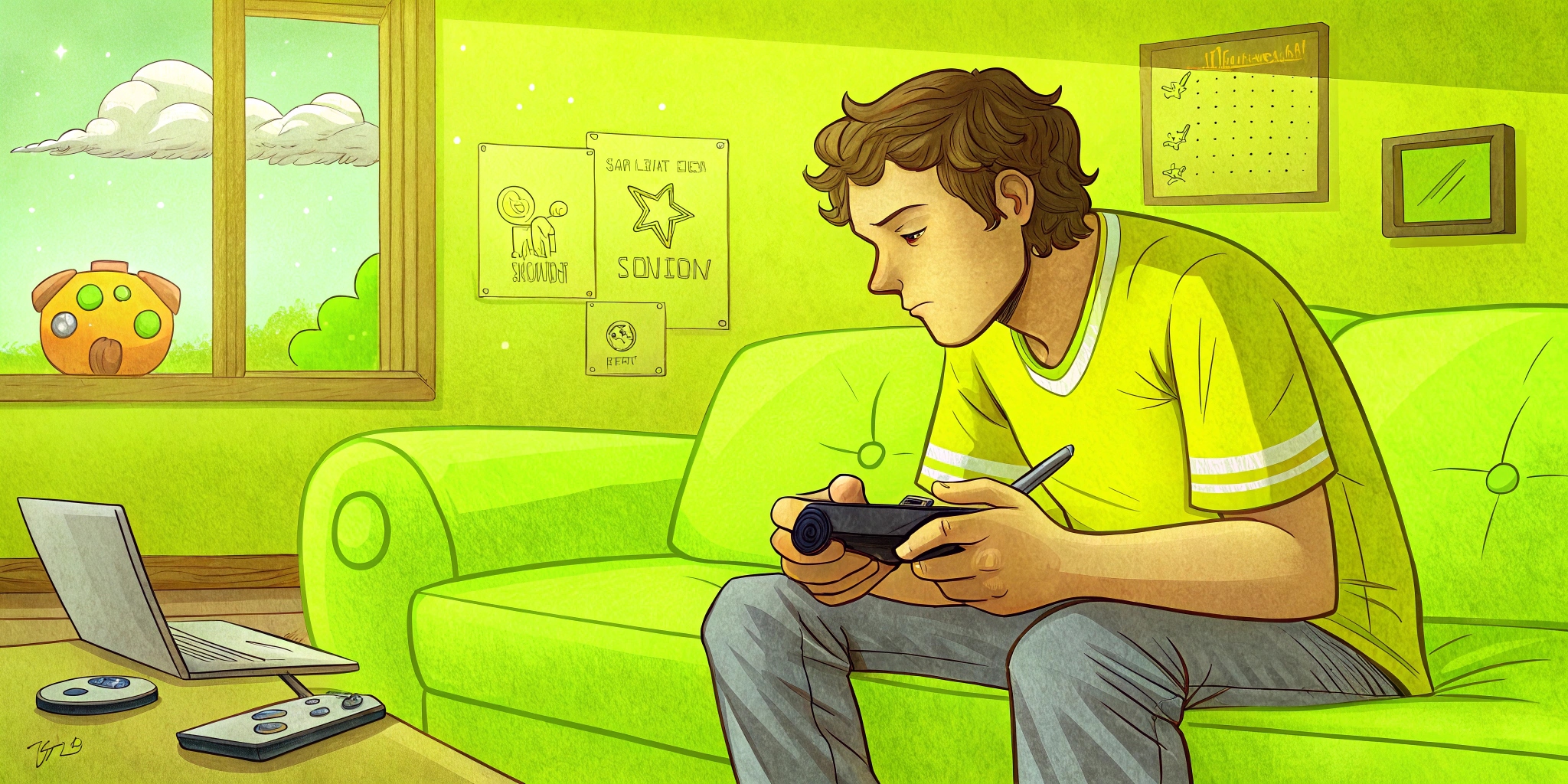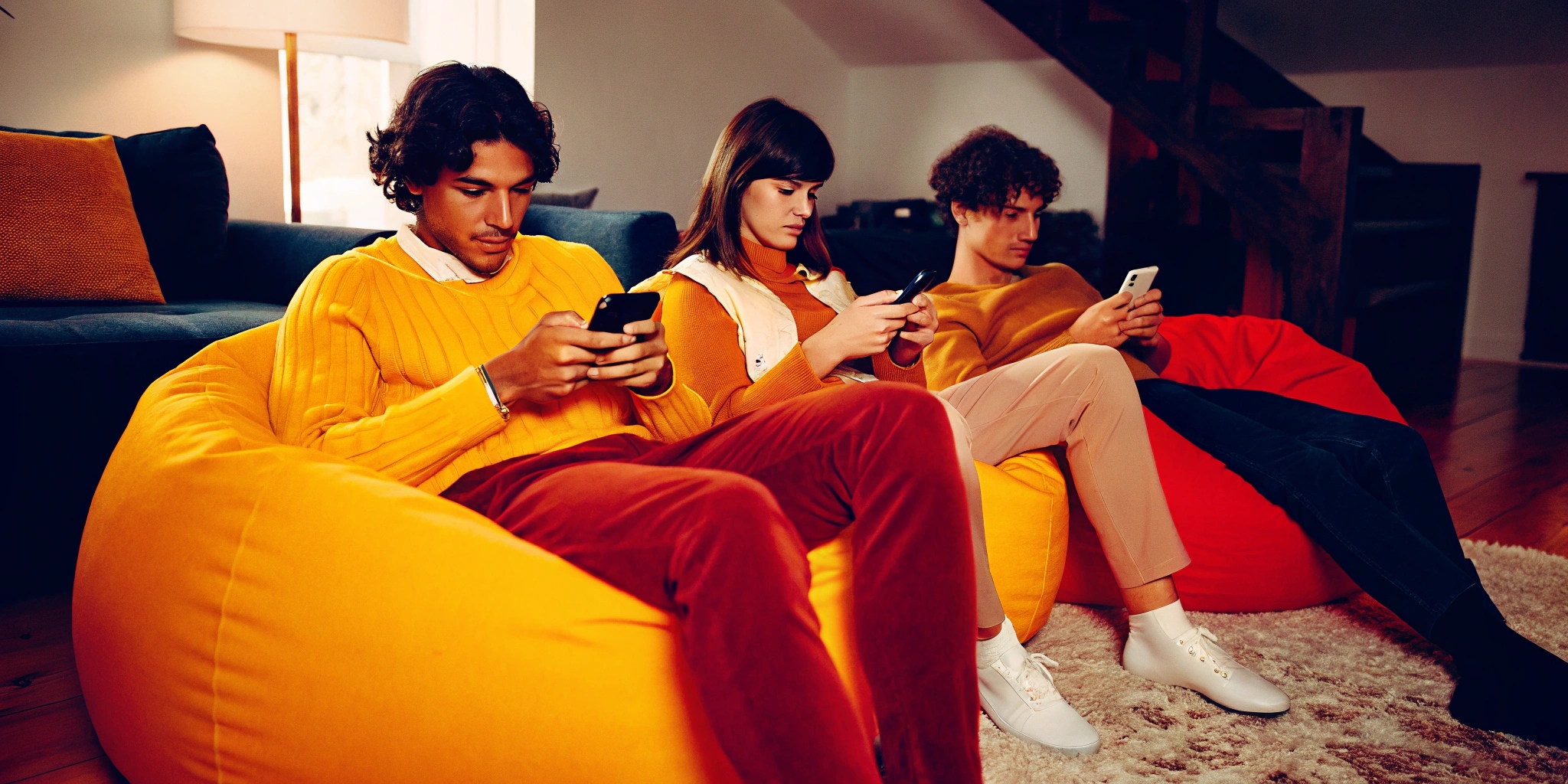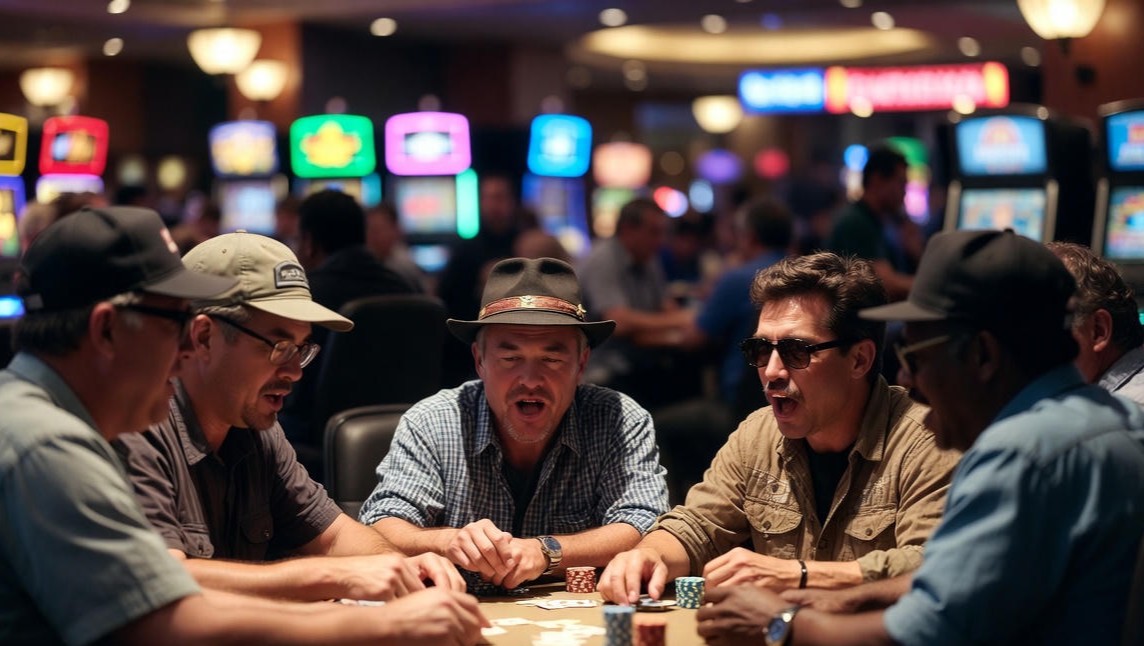Gone are the days when game creators worked in isolation, releasing their products with little input from their audience. Today, player feedback is an integral part of the game development process, shaping everything from gameplay mechanics to narrative elements. This article delves deep into the various ways player feedback influences game development, exploring the methods used to gather this feedback, its impact on different aspects of game creation, and the challenges and benefits associated with this collaborative approach. As renowned game designer Shigeru Miyamoto once said:
“A delayed game is eventually good, but a rushed game is forever bad.”
This quote underscores the importance of taking the time to refine a game based on feedback, a process that has evolved significantly over the years.
The Evolution of Player Feedback in Game Development

In the early days of video games, developers had limited means of gathering player feedback. Games were often released as finished products, with little opportunity for modification based on player experiences. However, as the industry grew and technology advanced, the importance of player input became increasingly apparent. Let’s examine this evolution:
- Early days: Limited feedback channels, mostly post-release
- 1990s: Rise of gaming magazines and official hint lines
- 2000s: Internet forums and fan sites emerge
- 2010s: Social media and direct developer-player communication
- Present: Integrated feedback systems and data analytics
Methods of Gathering Player Feedback
Modern game developers employ a variety of methods to collect player feedback:
Beta Testing
Beta testing is one of the most common and effective ways of gathering player feedback before a game’s official release.
- Closed Beta Testing: In closed beta tests, a select group of players is invited to try the game. This allows developers to control the testing environment and focus on specific aspects of the game.
- Open Beta Testing: Open beta tests are available to a wider audience, often to stress-test servers and gather a broader range of feedback.
Benefits of Beta Testing
- Identifies bugs and technical issues
- Provides insight into player behavior and preferences
- Allows for balancing of gameplay elements
- Generates buzz and community engagement prior to release
Community Engagement
- Official Forums: Many game developers maintain official forums where players can discuss the game, report issues, and suggest improvements.
- Social Media Platforms: Platforms like Twitter, Reddit, and Facebook provide direct channels for players to communicate with developers and each other.
Benefits of Online Communities
- Facilitates ongoing dialogue between developers and players
- Allows for quick dissemination of information and updates
- Fosters a sense of community among players
- Provides a wealth of qualitative feedback
In-Game Systems
- Bug reporting tools
- Player surveys
- Telemetry and data analytics
Traditional Market Research
- Focus groups
- Playtesting sessions
- Surveys and questionnaires
Impact of Feedback on Game Elements

Player feedback influences various aspects of game development. Here’s a table illustrating its impact on different game elements:
| Game Element | Impact of Player Feedback |
|---|---|
| Gameplay Mechanics | Balancing, difficulty adjustment, control refinement |
| Technical Performance | Bug fixes, optimization, stability improvements |
| Content and Features | New game modes, character adjustments, world expansion |
| Narrative | Story modifications, character development, dialogue improvements |
| Monetization | In-game purchase adjustments, pricing model changes |
| User Interface | HUD refinements, menu redesigns, accessibility features |
Challenges in Implementing Player Feedback
Player feedback can be tough for game developers to handle. One big challenge is conflicting opinions. Players don’t always agree on what they want. Some love hard games and want more challenge, like in Dark Souls, where fans argue it should stay tough. Others want easier options so more people can play. This split makes it hard for developers to please everyone. They have to pick which ideas to follow, and that can upset some players.
Another problem is resource constraints. Developers don’t have endless time or money. Every change suggested by players—like new features, better graphics, or bug fixes—takes work. For example, if players ask for a big new mode, the team might not have the budget or staff to build it. They also have a vision for the game, and some feedback might not fit that plan. If they try to do everything, the game could lose its focus or take too long to finish.
Toxicity is a third issue. Not all feedback is helpful. Some players get angry and leave mean comments instead of useful ideas. This negativity can bury the good suggestions, making it harder for developers to find what’s worth fixing. For instance, if a game has a glitch, a few players might explain it clearly, but others just yell about how bad the game is. Sorting through this mess takes time and can frustrate the team.
In short, while player feedback is valuable, it’s not always easy to use. Conflicting wants, limited resources, and toxic comments create big hurdles. Developers have to be smart about what they listen to, balancing player ideas with their own goals to make a game that works for as many people as possible.
Developers must navigate:
- Conflicting player opinions
- Technical limitations
- Resource constraints
- Balancing feedback with creative vision
- Managing player expectations
As Blizzard Entertainment’s Jeff Kaplan notes:
“The challenge is sorting through that feedback, because a lot of it is extremely valuable, but some of it might take us in the wrong direction.”
Best Practices for Incorporating Player Feedback

To effectively utilize player feedback, developers should consider the following best practices:
- Clear Communication Channels: Establishing and maintaining clear lines of communication with the player base is crucial.
- Transparency in Development: Being open about the development process and decision-making helps build trust with the community.
- Prioritization of Feedback: Developers need effective systems for categorizing and prioritizing the vast amount of feedback they receive.
- Rapid Prototyping and Iteration: Quick implementation and testing of player-suggested features can lead to more efficient development cycles.
- Community Management: Dedicated community managers can help bridge the gap between developers and players, ensuring effective communication.
Case Studies: Successful Implementation of Player Feedback
Several games have demonstrated the power of effectively incorporating player feedback:
Fortnite (Epic Games): Epic Games’ commitment to rapid updates and responses to player feedback has been crucial to Fortnite’s success. The game’s evolving map, frequent addition of new items, and balance changes are all heavily influenced by player input.
No Man’s Sky (Hello Games): Initially criticized for not meeting player expectations, No Man’s Sky underwent a remarkable transformation. Hello Games’ dedication to addressing player feedback resulted in numerous free updates that dramatically improved the game, earning praise from the gaming community.
Final Fantasy XIV (Square Enix): After a disastrous initial launch, Square Enix took the unprecedented step of completely rebuilding the game based on player feedback. The result, Final Fantasy XIV: A Realm Reborn, became one of the most successful MMORPGs in recent history.
The Future of Player Feedback in Game Development
As technology advances, new opportunities for gathering and implementing player feedback are emerging:
- AI and machine learning for feedback analysis
- Virtual and augmented reality feedback systems
- Increased player involvement in development decisions
- Real-time game adjustments based on player behavior.
The Role of Technology in Player Feedback
Technology plays a huge role in how game developers use player feedback. One key tool is data analytics. Beyond what players say, developers collect telemetry data—information like how long people play, where they stop, or what they use most. For example, if many players quit at a hard level, the team might make it easier. This data doesn’t need words from players; it shows what’s happening in the game. It helps developers spot problems they might miss otherwise and tweak the design to keep players happy.
Social media is another big factor. Platforms like X let players share their thoughts instantly, and their voices get loud fast. When something’s wrong—like bugs in Madden—hashtags like #FixMadden can trend, putting pressure on developers to act quickly. This speed is great for players because it means faster fixes. But it also forces developers to listen and respond, even if they’re still working on a plan. X posts can spread ideas or complaints to thousands, making it a powerful way for players to shape games.
AI tools are also changing things. Some studios use artificial intelligence to read tons of feedback—like reviews or forum posts—and find what matters most. For example, if lots of players complain about controls, AI can spot that pattern fast. It saves time compared to humans reading everything. Developers can then focus on the biggest issues or popular ideas. This makes feedback more useful, even when there’s too much to handle manually.
In all, technology makes player feedback stronger and faster. Data analytics show what players do, social media amplifies what they say, and AI helps sort it out. Together, these tools help developers improve games in ways that fit what players need and want.
Ethical Considerations
As the integration of player feedback deepens, developers must grapple with several ethical considerations:
- Data Privacy: Ensuring the security and ethical use of player data
- Inclusivity: Considering feedback from diverse player groups
- Mental Health: Balancing engagement with concerns about game addiction
- Transparency: Being open about how player feedback is used
Wrapping up
The integration of player feedback into game development has revolutionized the industry, creating a more collaborative and responsive creative process. As Valve’s Gabe Newell aptly puts it:
“Don’t ever, ever try to lie to the internet – because they will catch you. They will de-construct your spin. They will remember everything you ever say for eternity.”
This quote highlights the importance of maintaining an honest and open dialogue with players. By effectively harnessing player feedback, developers can create more engaging, polished, and successful games that resonate with their audience.
As the gaming industry continues to evolve, the synergy between developers and players will likely grow stronger, pushing the boundaries of interactive entertainment and leading to increasingly innovative and enjoyable gaming experiences.







